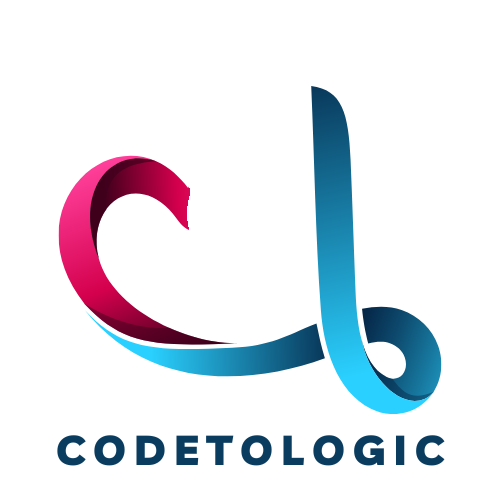27 Jul
The education industry is constantly facing serious challenges to incorporate life skills among students. Our education system is fervently meant to cater to the aspirations of corporate sectors. Professional skills are the utmost requirement but life skills do require to transform the person’s identity. AI has emerged as a big catalyst to learn human capabilities and frame the standard curriculum that can encompass both professional and life skills.
Administrative Tasks Made Easy
AI will leverage various repetitive tasks like catching duplicate files, inappropriate information, out-of-policy statements, data management and many more. AI would be able to reimburse employees in a single day by auditing files in real-time. Many schools suffer from the problem of the high volume of applications in academic sessions. Eradicating low priority applications and uplift the potential candidates are the tedious tasks for administrative personnel. AI-empowered tools are capable of filtering the candidates into the desired batch which will further automate the interview steps. In this way, AI is sustaining the admin staff with various admin jobs in a rational manner. Asking repetitive queries is the major burden for various educational institutes. AI-enabled chatbots (1) are pre-aligned with a set number of repetitive questions and their answers. So, it gives a big relief to admin personnel from answering similar questions repetitively.

AI: Capable of doing administrative tasks.
Personalized Learning Soon To Be A Reality
‘’One curriculum fits for all’’ doesn’t fit in the real world because the learning capacity of every student is different. AI is helping teachers to give customized feedback (2) to every student. In this way, teachers are now capable to teach pupils with more efficiently. Teachers can create different groups based on learning and intelligence level and they can give the tasks based on their competency. It is also the boon for disabled children where each child has their own level of difficulties. Teachers are trying hard to get the appropriate data and unable to incorporate it into them. Here, AI comes to rescue to these teachers. AI will gather all the students’ data and based on their learning adaptability, the algorithm will be able to construct personalized learning for disabled children. Machine vision systems will be able to detect the facial expression and body language of disabled children on the difficulty level of the particular subject. Learning difficulties can be analyzed by behavioral analytics to assess the competency level of disabled children suffering from ADHD, dyslexia, dyscalculia, and memory-related problems. Nowadays, several students are complaining about stress and they are unable to cope with the pressure of their academics. Many universities and colleges are introducing the AI-enable tool woebot (3) that can track the mental condition of students by the intelligent mood tracking system. In this way, we can filter those students and give them proper counseling.

AI: Benefitting Disabled children
Future AI trends in the education sector
Leading educational institutes estimate that nearly 50% of today’s jobs will be replaced by AI technology. It is estimated that course materials will be prepared with the help of AI & ML that can cater to the need of every student by 2030. Educational content is transforming at a fast pace over the internet. Leading institutions like MIT, Harvard and multibillion corporates like P&G, General Electric are providing their own version of massive open online courses (MOOC). (4) As more and more over-the-top (OTT) contents are uploading on various educational channels on the internet. It requires an algorithm that can assess the student’s likes and dislikes. Based on the interests and current trends in the ed sector, AI and ML can frame the new OTT content that can fulfill the requirement of smart content. Soon, augmented reality (AR) and virtual reality (VR) will cover the vast market of educational institutes and advanced learning curricula. AI will ease the difficulty level of content and it will be directly transmitted to our brains via the brain-computer interface (BCI). In the future, AI will be helping in making content that suits the AR and VR technology by enhanced feasibility, affordability and accessibility.

AI: Future Trends and Prospects
Final Words
AI has leveraged its full potential to cater to the needs of students. However, there are roads ahead that can be traveled by AI. There is the utmost need to assimilate the tripartite skills emotional intelligence, creative skills and cognitive skills to frame a future curriculum. Still, the best interface of human capabilities and AI is yet to come that can perfectly assess every student.
